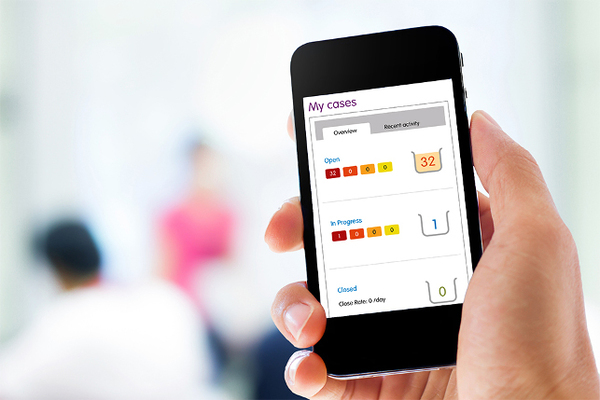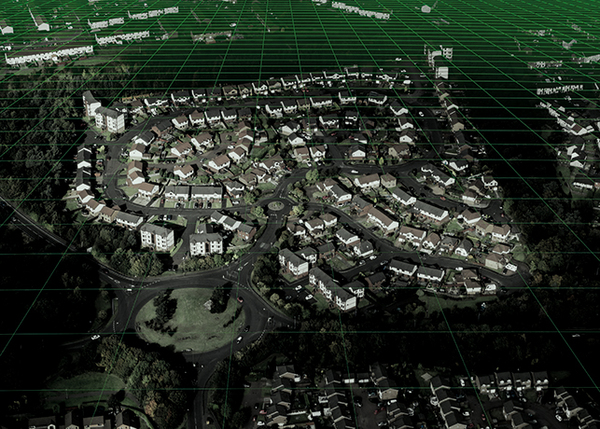You are viewing 1 of your 1 free articles
Dodgy safety data held by social landlords can be potentially deadly
After Grenfell social landlords need to ensure their data is accurate and up to date, says Lee Cartwright
The Grenfell Tower tragedy has brought into sharp focus the robustness of health and safety practices in the residential property sector. From my experience of working with the sector for almost 22 years, I believe that most, if not all, take their health and safety responsibilities very seriously nowadays.
“Health and safety data of social landlords is sometimes not only dodgy, but potentially deadly.”
But however seriously you take your landlord health and safety responsibilities, this can all come to nothing if you are basing your efforts on dodgy data. In our experience as auditors for the sector, we have found that quite often the health and safety data of social landlords is sometimes not only dodgy, but potentially deadly.
Often the source data is inherited through stock transfer or through a merger. All too often, a ‘tick in a box’ on a computer system is taken as being reliable evidence of the existence or non-existence of gas in a property, for example. Similarly a schedule of communal areas requiring fire risk assessments is assumed to be complete, because there isn’t any conflicting evidence on hand to rebut that presumption.
Improvements in technology now allow us to analyse huge databases to identify dodgy data in relation to health and safety, either by looking for anomalous entries in one database, or by comparing two different databases which should, in theory, be identical and searching for differences between the two.
Here are some example of things that we believe all landlords should be considering before relying on their health and safety data:
Gas
- Data-matching between your gas contractor’s gas servicing programme and your housing management system, to make sure that for every property marked as having gas, your contractor has the property on its gas servicing programme.
- A full, 100% risk-based analysis of your properties: starting with a full list of all your properties, first remove those for which you know you have a gas safety certificate, then remove those for which it is impossible that gas could be installed, then remove those that have been surveyed and no gas found, and so on, until you arrive at a small ‘core’ of properties where you are assuming there is no gas but have no direct evidence that this is the case. Then inspect those properties on a rolling programme to validate your assumption.
- Rigorously interrogate your gas servicing database for properties where there are missing service dates, where the next service due date is more than a year from the last service due date, and so on.
Fire risk
- Data-match communal areas identified in your housing management and asset management systems with your list of communal areas where a service charge is being calculated. This may identify communal areas that are not on the fire risk assessment programme.
- Rigorously interrogate your fire risk assessment database: are there missing dates? Dates that don’t look right?
- Data-match your asset register of fire equipment to the inspection programme for testing fire safety equipment: is all fire equipment on the testing programme?
Once you are sure of the reliability of your source data, you have the sound foundations for good governance of landlord health and safety.
Lee Cartwright, UK head of housing, Mazars










